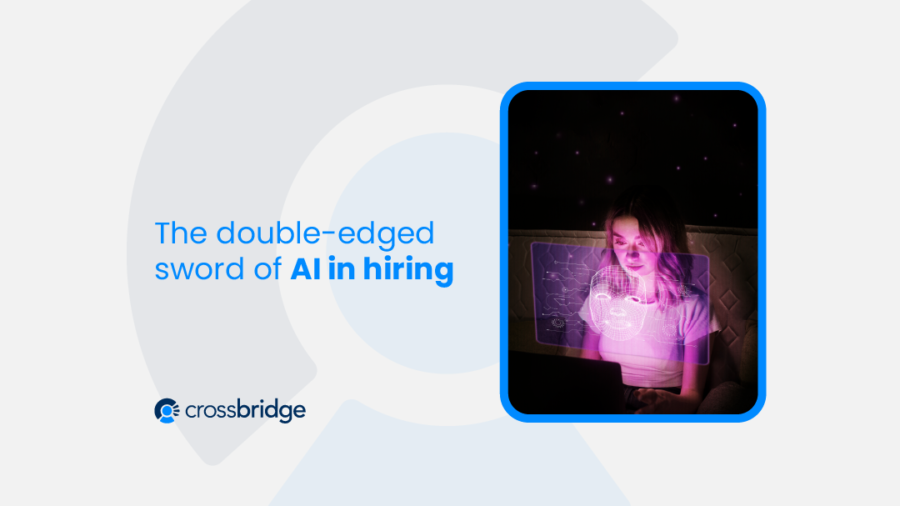You’ve streamlined your hiring funnel. Resumes are screened in minutes. Interviews are pre-scheduled by bots. Candidates are ranked by fit scores.
It’s efficient. Scalable. Seamless.
But also? You might be screening out the developer who thrives in chaos. Or the product lead with unconventional roots.
That’s the double-edged sword of AI in hiring; it solves one problem while quietly creating others.
One edge: speed and scale
No question, AI speeds things up. In 2025, over 72% of global companies report using AI in their recruitment process, up from 58% in 2024, according to HireVue.
But while that automation reduces time-to-hire, it also introduces friction candidates can feel. In a recent study by the Washington Post, 66% of job seekers said they’re hesitant to apply when AI makes the final decision.
The more your process feels robotic, the less likely the best humans will engage with it.
The other edge: hidden bias and missed potential
1. It’s not as neutral as it seems
While AI promises objectivity, it often reflects bias in its training data. A 2025 Australian study revealed that automated video interviews were more likely to reject candidates with non-native English accents, regardless of their qualifications.
2. It encourages “safe” hiring
AI favors linear resumes, name-brand experience, and perfect formatting. That sounds smart, until you realize it sidelines late bloomers, career changers, or self-taught developers with real grit.
➡️ See also: Why the Best Talent Isn’t Always Good on Paper
3. It removes the emotional layer
Hiring isn’t just decision-making, it’s relationship-building. And when candidates are interacting only with bots, they disengage. The process feels cold. The employer brand suffers.
So, how do you use AI without losing your edge?
Be transparent
Let candidates know how AI is used in your process and where humans are involved.
Make space for human judgment
Build in check-ins where recruiters or hiring managers can override AI recommendations or explore “low score” candidates with high upside.
Audit who gets screened out
Track patterns. Are women, older candidates, or non-native English speakers disappearing from your funnel? If so, ask why.
Final thought
AI is a powerful tool, but it’s still a tool. It can enhance your hiring. But without human oversight, it can shrink your talent pool and damage your brand.
The double-edged sword of AI in hiring is real. But if you balance automation with empathy, logic with instinct, and tools with people, you’ll come out on the right side of the blade.
➡️ Want a hiring system that scales and connects? Talk to us
➡️ Next up: How to combine AI tools with human expertise (not the other way around)
